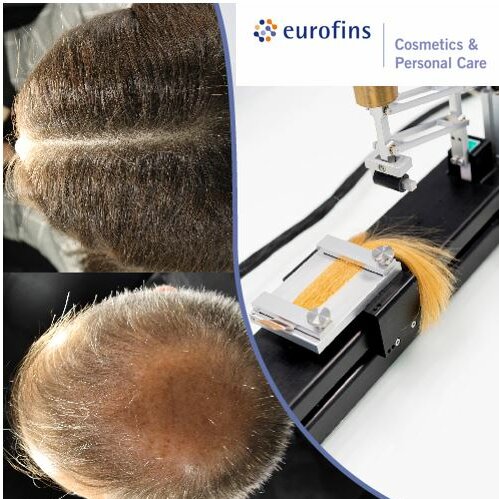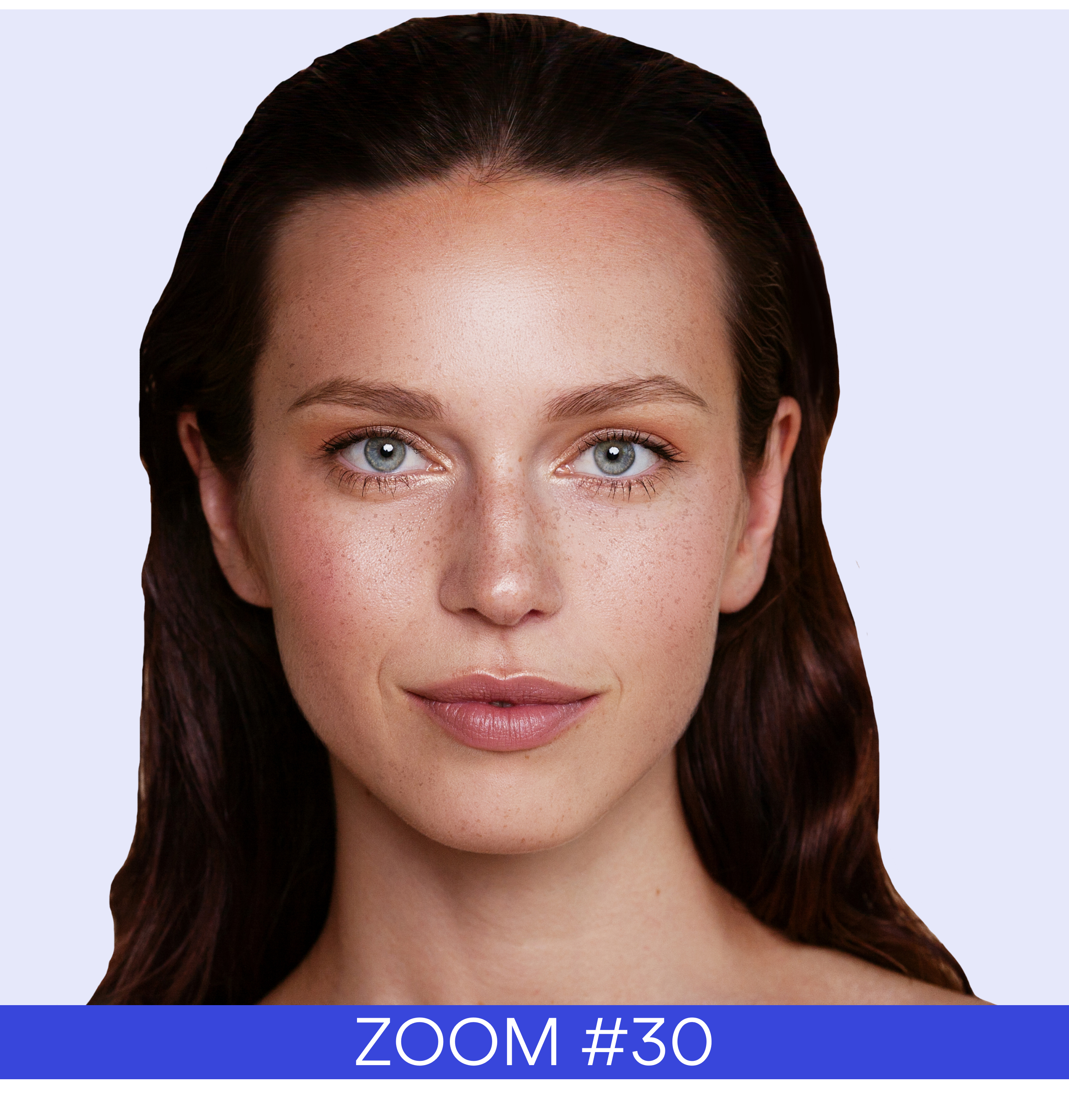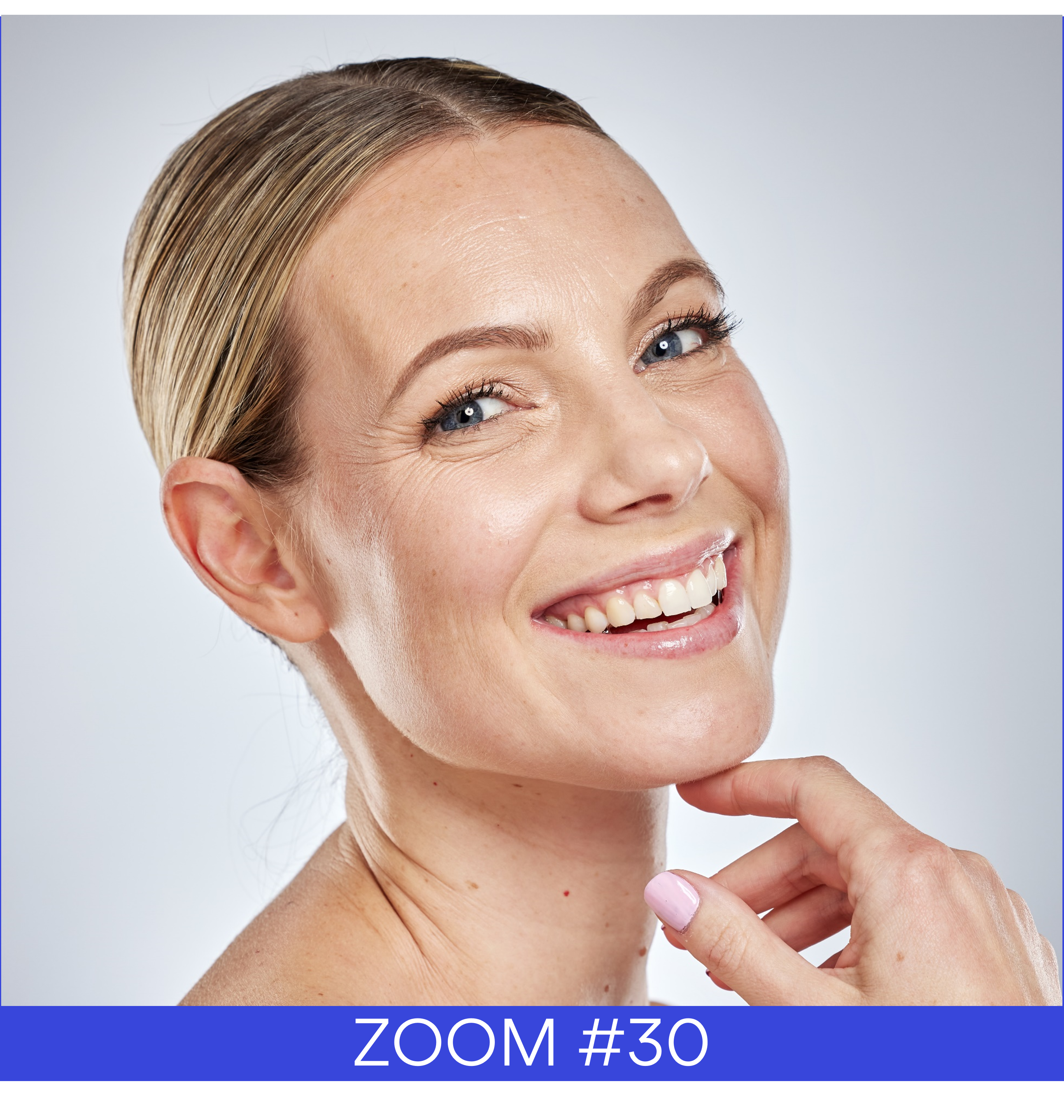Healthy-looking hair is an essential part of an overall healthy appearance, influenced by daily routine. Complementary strategies are required to evaluate the performance and safety of haircare products.
Hair locks testing
Testing hair tresses allows an objective and repeatable evaluation of the haircare product’s efficacy on hair fibre.
The use of standardised hair tresses adapting to different types of hair (Caucasian, Asian, Brazilian, African hair, straight hair, wavy or curly, etc.) allows claims to be objectified according to the product’s target market. Moreover, treatments can be performed before the product application to weaken hair in order to evaluate its efficacy on sensitised fibre.
Otherwise, technicians’ teams are trained on how to ensure repeatability. During analyses, tresses are conditioned in a controlled temperature and hygrometry environment. The different treatments are successively performed, which reduces the time requirement, in comparison to a study on volunteers. These methods, for which the repeatability and the reproducibility are validated during the R&D phase, are performed on a sufficient number of tresses in order to be able to perform robust statistical analyses which contribute to discriminating products, in comparison to a target or a reference, and support claims.
Working with standardised tresses also allows protocols to be adapted in order to better answer to market trends such as water-saving products. For instance, our laboratories developed a protocol to evaluate the reduction of water quantity during product rinsing. This method is applicable to both liquid and solid products, more and more popular among consumers.
Clinical testing
In terms of tolerance, the in-use test is performed under dermatological control, alongside a cosmetic quality questionnaire, on the targeted population (oily hair, dry hair, weakened hair, dandruff, etc.).
In terms of efficacy, good practices for haircare product assessments are based on:
- A panel adapted to the product claims, depending on whether these concerns the scalp (oily, dry, sensitive or even “irritated”, with dandruff, alopecia, etc.) or the hair, and in particular the roots, lengths or tips (dry, “tired”, thinned, brittle, damaged, split ends, coloured or highlighted, permed, curled, straightened, etc.)
- A protocol specifying the product conditions of application, i.e. on the whole head, half the head under the control of a hairdresser, or on shaved mini-zones of the scalp.
The evaluation methods are then specified:
- clinical scoring of targeted items (dandruff, hair mass, hair colour, shininess, softness, hydration, etc.),
- self-evaluation of suitable items (scalp itching, stinging, heating, hair detangling, etc.),
- instrumental measurements (corneometry, trans epidermal water loss, sebumetry, D Squam, phototrichogram, etc.), samples for analysis (hair and scalp, hair for scanning electron microscopy, squames, microbiota, etc.), and statistical analysis.
- Illustrative pictures and videos of the experiment carried out by the hairdresser complete the study.
The protocols are continuously adapted in order to meet ever-changing trends. Hair loss can significantly impact self-esteem and performant products may help. Their evaluation is based on clinical scoring (hair mass, volume, etc.), self-evaluation by the subjects (hair loss, hair mass, etc.), phototrichogram (photos of shaved minizones, counting of anagen, telogen and total hair density, Tiff Counting method) and illustrative pictures.
Read the entire FOCUS#4: Click here
Contact : cosmetics@eurofins.com










 Follow us on Linkedin!
Follow us on Linkedin!
You must be logged in to post a comment.